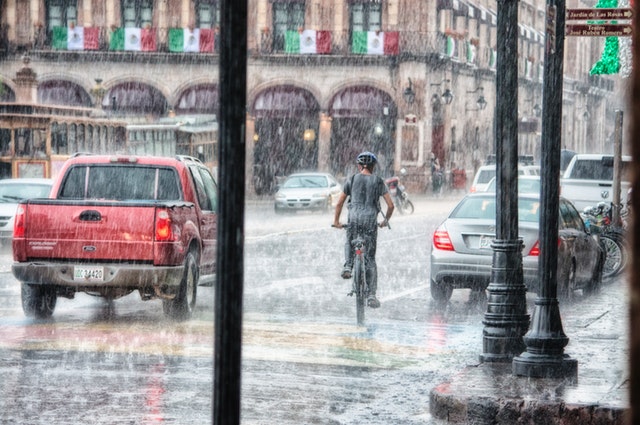Winter brings with it both cold weather and an increased risk of flooding. However, you don’t have to just sit there and worry about it. You can take action to protect yourself. Here are the top ways to protect your home from flooding.

Know and Mitigate the Biggest Threats
Have a drainage map made for your property and the surrounding area. How much risk is there really from the stream on the edge of your property? And how much risk do you face from surrounding development, whether there is a major storm or your neighbor’s sprinkler head won’t shut off? If you live in an area where septic tanks are common, determine the drainage for the surrounding area. Could flooding cause your septic system to back into your home? Adding dirt to level out the area and direct floodwaters away from it and your home is one solution. Putting in reverse flow prevention valves so that dirty wastewater can’t be forced back into your home is another. If you live near a stream or river, verify that the flood gates are maintained and in working order.
Maintain Your Drainage Systems
Pump out your septic tank so that it isn’t likely to backup and overflow. Clear drains of debris so that water can flow to the creek or sewers. Ensure that your gutters are clear so that rain flowing off your roof doesn’t pool by your foundation, and make sure the gutters don’t accidentally send water into your basement. Clear French drains and removes debris that clogs street-level drains.
Take Care of the Mundane Hazards
A list of flood protection tips wouldn’t be complete without addressing the more mundane flood risks that cause as much property damage as the major hazards. For example, rusted hot water heaters and boilers are as damaging to your home as a flood from the neighbor’s busted above ground swimming pool. You can install sensors to warn you when a water pipe has broken. The next level of protection is automatic water shutoffs, whether it stops sending water to a leaking hot water heater or broken sprinkler head. Inspect and maintain any sump pumps on your property. If you have a pool pump, make certain it won’t send water flooding into the front yard if a pipe breaks. Use timers to refill the pool so that it won’t overfill. Reinforce above ground swimming pools so it won’t spill, or locate it where a burst pool won’t send a wave of water into your home.
Limit Where Water Can Enter Your Home
Floodwater is a liquid. It will literally find its level. That’s why we discussed clearing drains and improving drainage flow. The next step is to prevent it from entering your home. Close windows to the basement, and seal gaps on the lower level so it can’t enter your home. Make certain that it can’t enter through gaps under your door or come up through drainage pipes into your home.
Mitigate the Potential Damage if Floods Do Happen
There are steps you can take now to limit the potential damage from flooding. Move power outlets and electronics to a meter or higher above the floor. Don’t store valuables in your basement, and verify that the sump pump is working if you have one.










